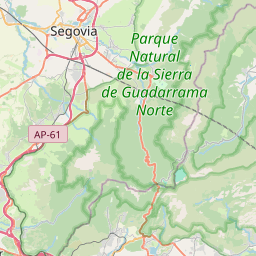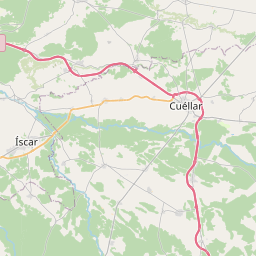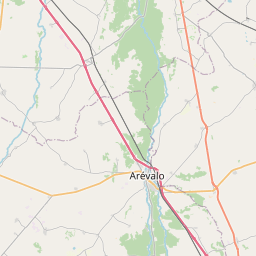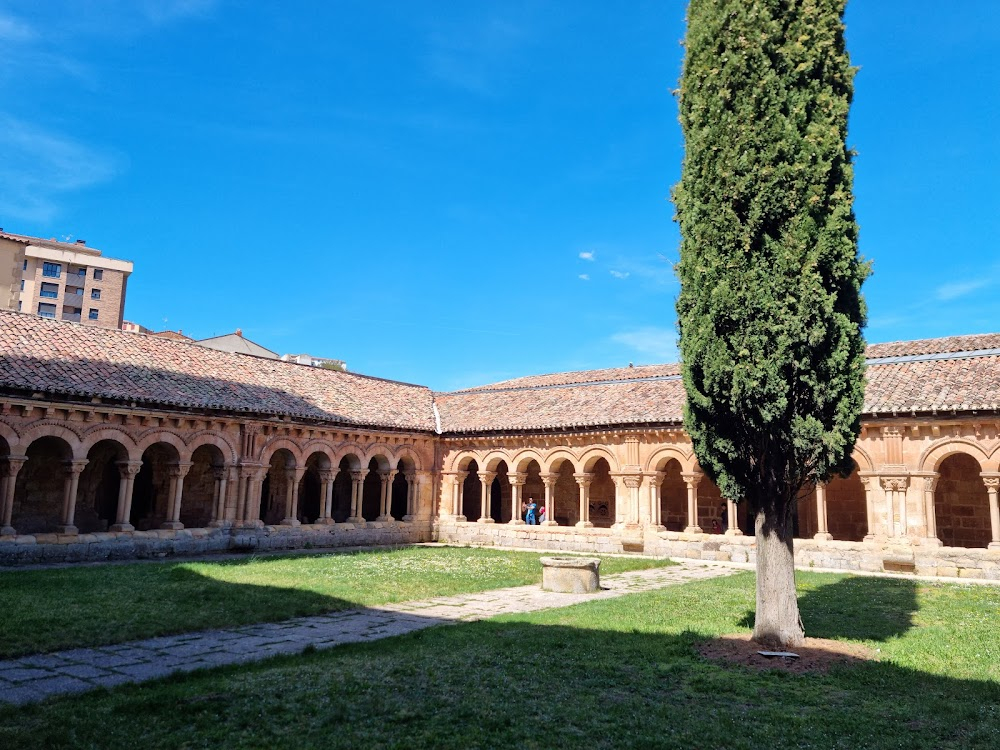Campanadas a medianoche Filming Locations

Where was Campanadas a medianoche filmed? Campanadas a medianoche was filmed in 27 locations across Spain in the following places:
Campanadas a medianoche Filming Locations
Pedraza is a walled Spanish town north of Madrid. It’s known for its medieval buildings, including Pedraza Castle, which displays works by Basque painter Ignacio Zuloaga. Since 1550, the town has celebrated its annual Fiestas Patronales with a running of the bulls around the city wall and bullfighting in the Plaza Mayor. The Romanesque San Juan Bautista Church presides over the plaza.
Calatañazor is a municipality located in the province of Soria, Castile and León, Spain. According to the 2010 census, the municipality has a population of 70 inhabitants. The municipality is named after the tiny fortified city on top of a hill.
Ávila, capital of the Spanish province of the same name, is a city in the rolling hill country northwest of Madrid. It’s best known for its intact medieval city walls, with 80-plus crenelated, semicircular towers and 9 gates, including the arched El Alcázar, on the eastern side. Long sections atop the walls are walkable. At night, the lighted walls are a distinctive sight.
Madrid, Spain's central capital, is a city of elegant boulevards and expansive, manicured parks such as the Buen Retiro. It’s renowned for its rich repositories of European art, including the Prado Museum’s works by Goya, Velázquez and other Spanish masters. The heart of old Hapsburg Madrid is the portico-lined Plaza Mayor, and nearby is the baroque Royal Palace and Armory, displaying historic weaponry.
Navarra (Navarre) is a geographically diverse region in northern Spain. A medieval Basque kingdom, it was annexed by Castile in the 16th century. Dotted with remote villages, its capital and largest city is Pamplona, famous for its annual running of the bulls. Pamplona has 16th-century fortifications, the Gothic Santa María la Real Cathedral and the Museo de Navarra, with archaeological and art collections.
Segovia is a historic city northwest of Madrid, in central Spain's Castile and León region. Its centuries of settlement have resulted in a rich architectural legacy, including medieval walls, Romanesque churches, a former royal palace and a Gothic cathedral. Its iconic ancient Roman aqueduct has more than 160 arches, most in the original mortarless granite, and stands above Plaza Azoguejo in the heart of the city.
Soria is a city in north-central Spain. It's known for its medieval streets and Romanesque architecture. The 12th-century Church of Santo Domingo has an intricately carved portico. The Museo Numantino’s archaeological collection includes artifacts from ancient cemeteries, painted ceramics and the bones of an extinct species of elephant. The sprawling Alameda de Cervantes park has an old hermitage and a bandstand.
Toledo is an ancient city set on a hill above the plains of Castilla-La Mancha in central Spain. The capital of the region, it’s known for the medieval Arab, Jewish and Christian monuments in its walled old city. It was also the former home of Mannerist painter El Greco. The Moorish Bisagra Gate and the Sol Gate, in Mudéjar style, open into the old quarter, where the Plaza de Zocodover is a lively meeting place.
Carabanchel is a district of Madrid, Spain. It lies on the southern bank of the Manzanares, spanning southward down to the M-40 ring road. The district is made up of the neighbourhoods of Abrantes, Comillas, Opañel, Puerta Bonita, San Isidro and Vista Alegre.
Basque Country (Euskadi) is an autonomous community in northern Spain with strong cultural traditions, a celebrated cuisine and a distinct language that pre-dates the Romance languages. The vibrant riverside city of Bilbao is a hub of architecture and design, where gritty factories and shipyards give way to cutting-edge landmarks such as the titanium-clad Guggenheim Museum along a revitalized waterfront.
Cardona is a town in the Spanish region of Catalonia, in the province of Barcelona; about 90 km northwest of the city of Barcelona, on a hill almost surrounded by the river Cardener, a branch of the Llobregat.
Castile and León is a region of northwestern Spain, consisting predominantly of a high plateau ringed by mountains. Salamanca is known for its 12th-century university, Renaissance churches and baroque Plaza Mayor. Segovia’s ancient Roman aqueduct has more than 160 arches, and the hilltop Alcázar castle overlooks the city. Ávila is encircled by an 11th-century fortification wall with 82 semicircular towers.
Colmenar Viejo is a town and municipality of about 48,614 inhabitants, located in the Community of Madrid, Spain, 30 kilometers north of Madrid on the M-607 motorway. It belongs to the comarca of Cuenca Alta del Manzanares.
Gipuzkoa is a province of Spain and a historical territory of the autonomous community of the Basque Country. Its capital city is Donostia-San Sebastián.
Lekunberri is a municipality located in the province and autonomous community of Navarre, northern Spain. It is situated in the northwestern portion of the province, some 30 km from the provincial capital, Pamplona. Lekunberri has a population of 1,386.
Lesaka is a town and municipality in the province and autonomous community of Navarre, in Spain. It is situated in the merindad of Iruña, in the region of Bortziriak and to 75 km of the capital of the community, Iruña/Pamplona. The population in 2014 was of 2742 inhabitants.
Campanadas a medianoche (1965)
When King Henry IV ascends to the throne, his heir, the Prince of Wales, is befriended by Sir John Falstaff, an old, overweight, fun-loving habitual liar. Through Falstaff's eyes we see the reign of King Henry IV and the rise of Henry V.




















